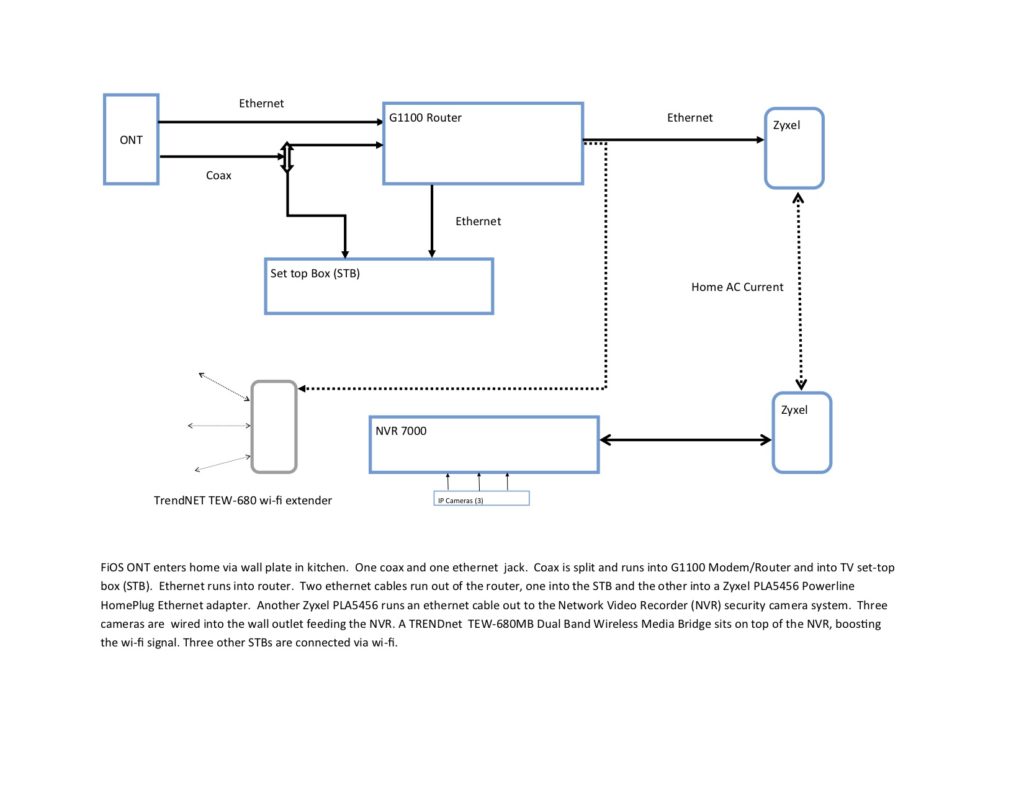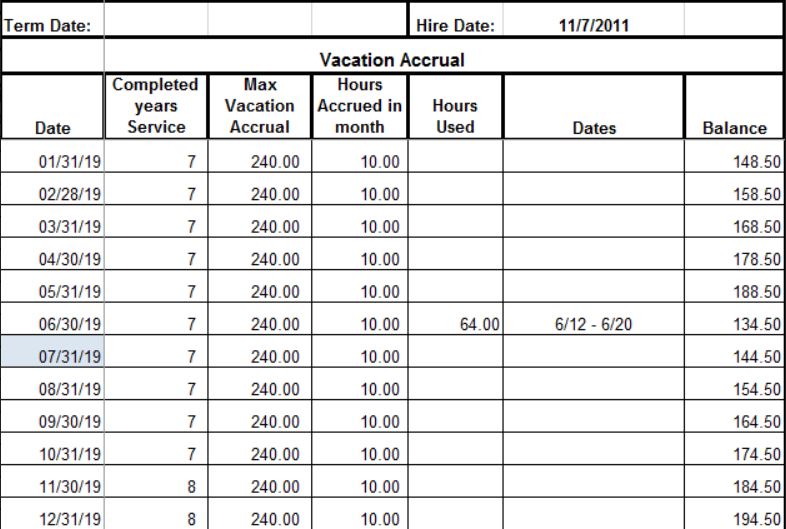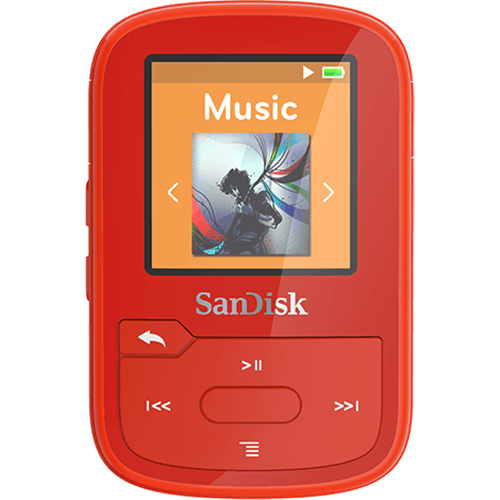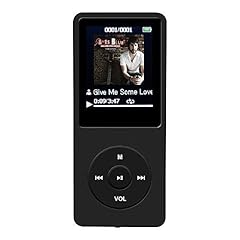I’m changing pace for a brief while.
My favorite sports were those I played when I was younger: baseball and tennis. Little League baseball was the only sport where I was on a championship-winning team; I nearly won a championship playing tennis, but came oh, so short…

Living in the Washington, D. C. area (when we weren’t in between overseas assignments), my father used to take me to Griffith Stadium to watch the Washington Senators play. We’d also sit out on the screened-in porch in the dark to games on transistor radio.
The Senators were never a good team. I still remember the saying: “Washington – first in war, first in peace, last in the American League!” But they were my team, and I recall some of the players’ names: Harmon Killebrew, Eddie Brinkman, Camilo Pascual, Eddie Yost, Roy Sievers, and more. Sadly, the Senators left town in 1961 and became the Minnesota Twins.
They weren’t done, yet. From 1961-1971, another Washington Senators team played in town, but they were no better, and ultimately left to become the Texas Rangers. There was no Major League Baseball in the nation’s capital for the next 34 years!
The Montreal Expos moved to Washington in 2005, where they were renamed the Washington Nationals. They played in the National League, not the AL. But they were initially as bad as the former Washington teams had been. They did not post a winning season for the first seven years.

But something happened.
The new ownership of the team was determined to build a strong franchise. Through smart hiring and player drafts, the team became a contender, winning division titles in 2012, 2014, 2016 and 2017, but losing in the division series each time. In 2019, as unlikely as it seems — especially since the team got off to a 19-31 start — the Nats, as is their nickname, won the Wild Card, the Division Series, the League Championship, and are now poised, for the first time in franchise history, to play in the World Series!
My love of baseball has been re-ignited, and the success of the current Washington team boggles my mind. I feel almost as if I’m experiencing a dream. And I don’t want anyone to wake me!


















